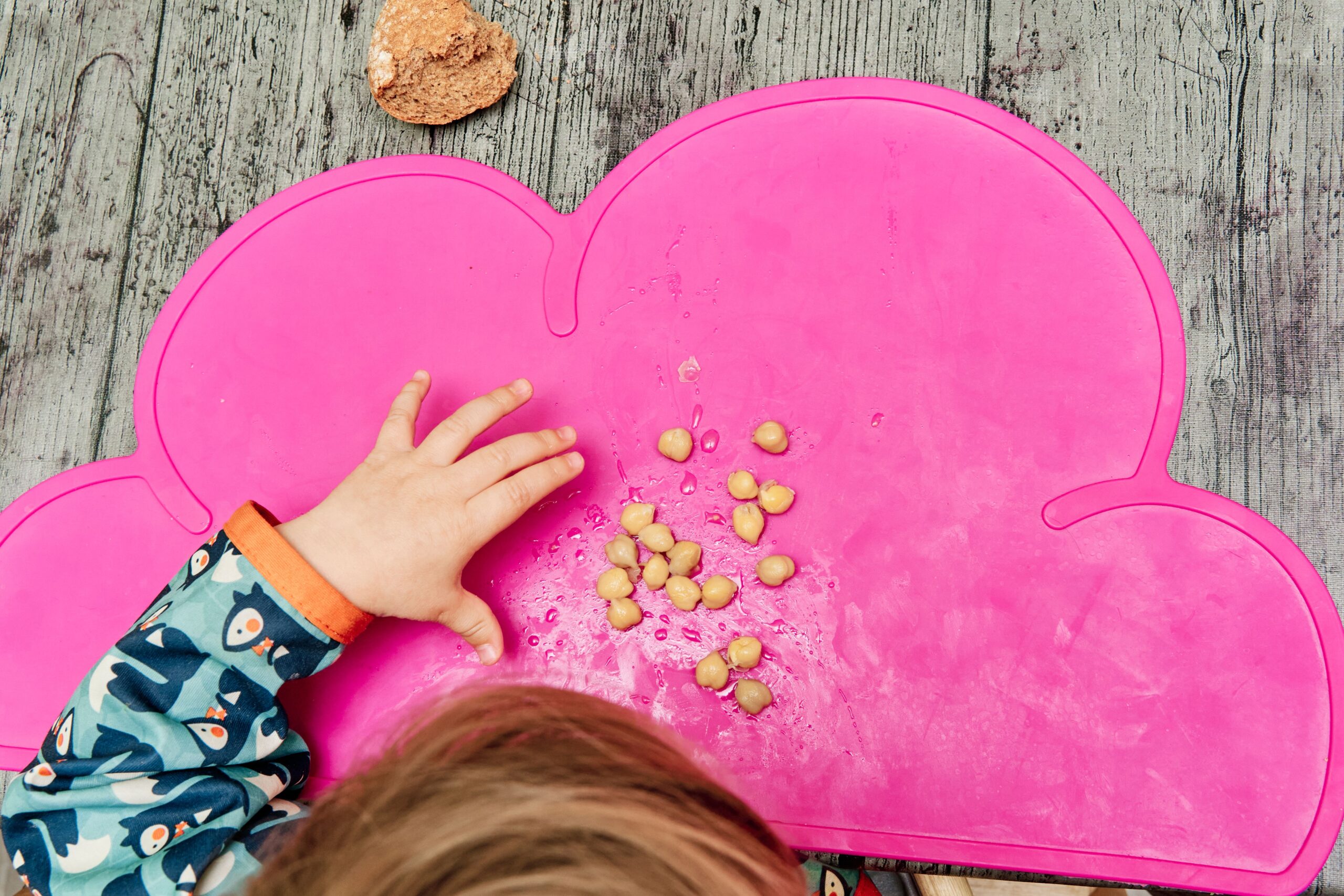Baby-led weaning (BLW) is a popular approach to introducing solid foods to your baby. Instead of relying on purees and spoon-feeding, BLW encourages babies to self-feed with finger foods. This blog will explore tips and strategies for offering safe and nutritious finger foods to your baby during the baby-led weaning process.
The Benefits of Baby-Led Weaning and Finger Foods
Baby-led weaning offers numerous benefits for both babies and parents:
1. Promotes Healthy Eating Habits
BLW exposes babies to a variety of tastes and textures, which can help them develop a preference for healthy foods. By allowing babies to explore different foods, they are more likely to accept and enjoy a diverse range of nutritious options.
2. Supports Fine Motor Skills
Self-feeding with finger foods helps babies develop their fine motor skills and hand-eye coordination. As they learn to grasp and manipulate food, they build the necessary skills for tasks like holding utensils and writing.
3. Encourages Independence
BLW allows babies to control their own eating pace and portion size, fostering a sense of autonomy. This approach helps babies learn to listen to their hunger and fullness cues, which can contribute to a healthier relationship with food as they grow.
4. Eases the Transition to Family Meals
By offering finger foods that the whole family can enjoy, babies can participate in family meals and become familiar with the same foods their family members are eating. This shared experience can make mealtime more enjoyable and simplify meal planning for parents.
5. Enhances Sensory Exploration
BLW encourages babies to explore the sensory aspects of food, including taste, texture, smell, and appearance. This sensory exploration can contribute to a more adventurous palate and a willingness to try new foods.
6. Reduces Mealtime Stress
Since babies are in control of their own eating, BLW can help reduce mealtime stress for both parents and babies. Parents don’t need to worry about coaxing their baby to eat, and babies can enjoy a relaxed and positive eating environment.
7. Simplifies Food Preparation
With BLW, parents can offer the same foods they are already preparing for the rest of the family, making meal planning and preparation easier. This approach can save time and reduce the need for separate baby food.
Tips and Strategies for Safe and Nutritious Finger Foods
1. Wait for the Right Time
Introduce finger foods when your baby is developmentally ready, typically around six months of age. Signs of readiness include:
- Sitting up unassisted
- Good head and neck control
- Showing interest in food
- Grasping objects and bringing them to their mouth
2. Choose the Right Foods
Offer a variety of nutritious finger foods to support your baby’s growth and development. Some examples include:
- Soft fruits and vegetables, such as avocado, banana, steamed carrots, or broccoli
- Cooked proteins, like shredded chicken, flaked fish, or scrambled eggs
- Whole grains, such as whole wheat pasta, brown rice, or oatmeal
- Dairy products, like small cubes of cheese or yogurt
3. Prepare Foods Safely
To minimize choking risks, prepare finger foods in a safe and appropriate manner:
- Cut foods into small, manageable pieces or long, thin strips that can be easily grasped
- Steam or cook fruits and vegetables until they are soft enough to be mashed between your fingers
- Remove any seeds, pits, or tough skins from fruits and vegetables
- Avoid offering hard, round, or slippery foods, such as whole grapes, cherry tomatoes, or whole nuts
4. Monitor Your Baby
Always supervise your baby during mealtime:
- Sit your baby upright in a high chair
- Ensure your baby is not distracted or overly tired while eating
- Learn the difference between gagging (a natural reflex) and choking (a medical emergency)
- Familiarize yourself with infant choking first aid and CPR
5. Encourage Self-Feeding
Allow your baby to explore and self-feed at their own pace:
- Offer a variety of finger foods at each meal
- Place small amounts of food on your baby’s high chair tray or a plate
- Let your baby use their hands to grasp and explore the food
- Resist the urge to intervene or rush the process
FAQs
1. Can I combine baby-led weaning with spoon-feeding?
Yes, you can combine BLW with spoon-feeding. Offer a mix of finger foods and purees to provide your baby with a range of tastes and textures. This approach is sometimes called “combination feeding” or “responsive feeding.”
2. How do I know if my baby is getting enough to eat with baby-led weaning?
Monitor your baby’s growth, wet diapers, and overall well-being to ensure they are getting enough to eat. Keep in mind that it may take some time for your baby to become proficient at self-feeding. Continue to offer breast milk or formula as the primary source of nutrition until your baby is around one year old.
3. What if my baby gags on finger foods?
Gagging is a natural reflex that helps prevent choking. It’s common for babies to gag when they first start eating finger foods, as they learn how to handle different textures. If your baby gags, remain calm and give them a chance to work through it. If you’re concerned about choking, familiarize yourself with infant choking first aid and CPR.
4. Can I start baby-led weaning if my baby doesn’t have teeth yet?
Yes, you can start BLW even if your baby doesn’t have teeth. Babies can use their gums to mash soft foods. Just ensure the finger foods you offer are soft enough to be mashed between your fingers.
5. Are there any foods I should avoid during baby-led weaning?
Avoid offering hard, round, or slippery foods that pose a choking risk. Also, avoid foods high in added sugars, salt, or unhealthy fats. Be cautious with common allergens, such as eggs, nuts, and fish – introduce them one at a time and watch for any signs of an allergic reaction.
Author
-

Dr. Sajid is a highly respected and experienced pediatrician who specializes in treating children of all ages. With a background in medicine and a passion for working with kids, Dr. Sajid has dedicated his career to helping young patients lead healthy and happy lives. He is particularly skilled in treating common childhood illnesses and developmental issues, such as allergies, asthma, and behavioral problems. Dr. Sajid is known for his gentle and compassionate approach to working with kids, and he is committed to making each visit to the doctor a positive and comfortable experience for his patients. His expertise in the field of pediatrics, combined with his warm and caring demeanor, make Dr. Sajid an excellent choice for families in need of a trustworthy and skilled kids doctor.
Drsajid@gmail.com Dr Sajid


